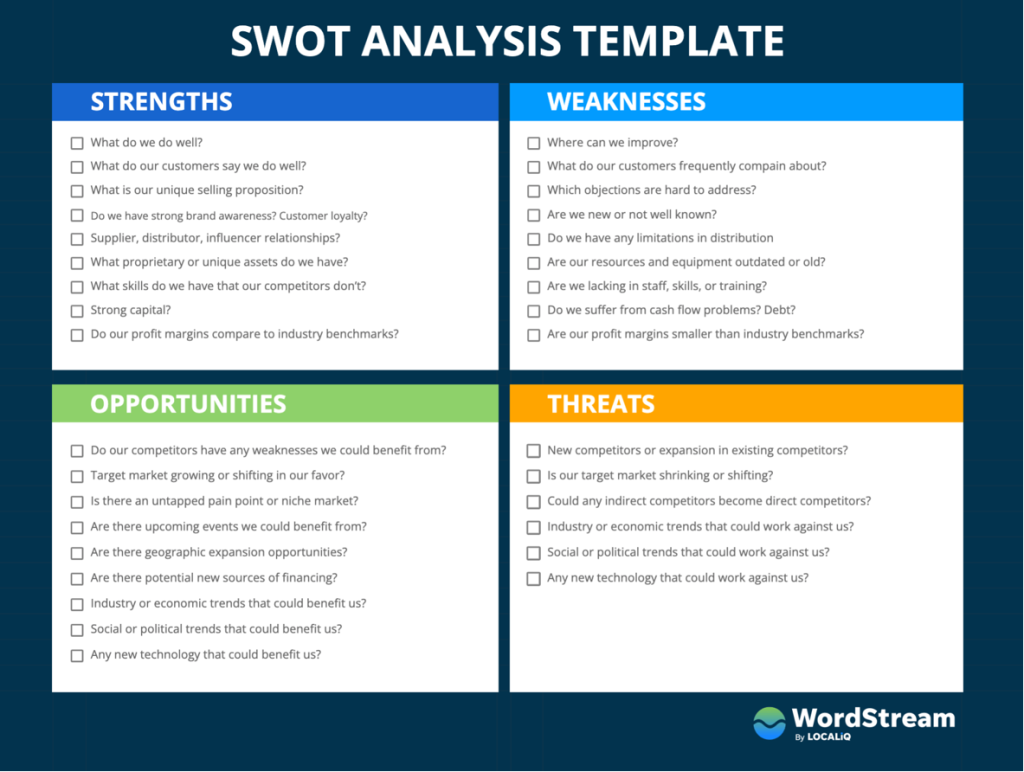In today’s marketing in the digital age, strategic planning in digital marketing is more crucial than ever. According to Dave Chaffey and Fiona Ellis-Chadwick in their book Digital Marketing (7th Edition), a well-crafted strategy aligns marketing efforts with broader business goals, ensuring cohesive and focused initiatives. Strategic planning ensures that digital marketing efforts are directly aligned with the organization’s achieving objectives. Whether the goal is increasing brand awareness, driving sales, or enhancing customer engagement, a clear plan provides a roadmap to success.

Gaining a Competitive Edge is essential for a business. Businesses can identify their strengths, weaknesses, opportunities, and threats by conducting a SWOT analysis. This understanding allows companies to develop strategies that leverage their strengths and mitigate potential weaknesses, keeping them ahead of the competition. Also, resource allocation is another aspect of strategic planning that will help a business improve its KPIs that define its success. Chaffey and Ellis-Chadwick highlight that strategic planning helps in optimizing resource allocation. By prioritizing investments in the most effective digital channels and tactics, companies can maximize their return on investment (ROI), ensuring that time, budget, and effort are well spent.
As we all know, the marketing industry moves fast, and adapting to changes is key to staying ahead. Strategic planning helps to keep up with new trends and technologies that are constantly emerging. This enables businesses to stay agile and responsive, adjusting their strategies to remain relevant and competitive. Especially technology on digital media, and the growth has been drastically in the last five years since there’s been an increase in business creation. In my last post, I explained how demand can be analyzed for digital media marketing services, but the practice can also be used for keeping up with trends, understanding the market growth and behavior, and using it to leverage businesses.

For example, imagine a shoe store in Miami. Facing intense competition, they set a clear objective to increase online sales by 20% within a year. Through SWOT analysis, they identified a gap in the market for affordable smart home devices. By focusing their budget on social media advertising and content marketing (if those are the best channels performing), they successfully increased online sales by 25%, demonstrating the power of strategic planning. A great way to set goals and start strategic planning is to start by defining the smart objective of a business.

(image taken from Wordstream.com)
Strategic planning is essential for achieving digital marketing success. It ensures alignment with business goals, provides a competitive edge, optimizes resources, and allows adaptability in a constantly changing digital world.
Before starting a strategic planning process, you must understand the 7Ds of Digital marketing.






Leave a Reply